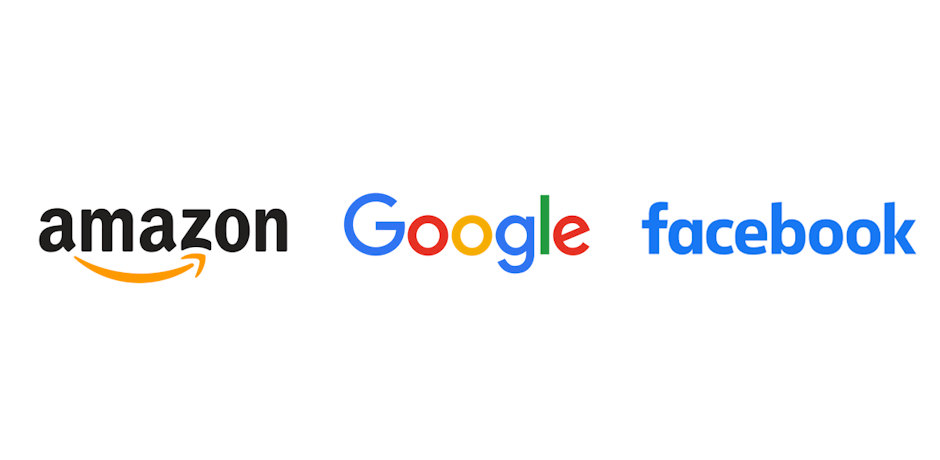How Facebook and Google are reacting to Amazon’s growth
Facebook and Google are increasing their solutions to fight the retail battle

With 86% of UK shoppers using Amazon and 70% saying Amazon is the first retailer they go to, Amazon is rapidly becoming the first choice when consumers need to buy online, not only in the UK but around the world.
For the first time, Facebook and Google’s share of the U.S digital ad market is showing signs of decline, with Amazon being the main cause for the drop. This means that Amazon is not only a big technology competitor but also a challenger in terms of ad revenue.
But how are Facebook and Google reacting to Amazon’s growth?
After I presented a webinar on Amazon Advertising, someone asked me this question, which led to this article.
The lockdown imposed to curb the spread of COVID-19 has caused fast and far-reaching shifts in behaviour, and e-commerce has proved essential for the many small businesses that are struggling to survive.
As a response to those behavioural changes, Google opened up (or actually re-opened up) free product listings on Google Shopping and more recently Facebook announced Facebook Shops on the 19th of May.
Facebook Shops will allow users to complete their purchase within the Facebook interface, without having to be redirected to the brand’s own e-commerce platform. This means that Facebook will have even more access to actual user purchase data. However, the movements that both Google and Facebook are doing back date from before lockdown.
Facebook Marketplace was initially a C2C platform, but as the platform evolved Facebook introduced the ability to process a transaction through checkout, and the option to offer shipping. Now the platform is available to B2C in the US (still in Beta). This opens a massive opportunity for retailers to start selling their products directly on Facebook. Not only that, but Facebook is charging a 5% commission (still much lower than Amazon, which is currently 17% for apparel categories, for example), opening up another source of revenue.
Google shopping launched back in 2002 but since then Google have kept updating the product. In 2018, Google introduced Shopping Actions, a commission-based model where users can buy products directly from Google through a universal shopping cart and instant checkout with saved payment credentials. More recently, Google also announced an integration with PayPal allowing merchants to link their accounts.
Google is also increasing the Shopping placements that are now not only available on search results and the Google Shopping Tab but also on the Google Display Network, which includes YouTube, Gmail and Google Discover.
From a user perspective, having companies fighting to make online shopping seamless will just encourage even more online shopping.
Companies will have more options to sell their products and therefore gain more sales volume. The more users start using solutions such as Facebook Marketplace, Google Shopping and Amazon, the higher the chances for the marketplaces to decrease prices to make it more attractive to advertisers.
What does it mean for Amazon, Google and Facebook to own more retail space?
Trying to simplify as much as possible, the answer is the power of first party data. If in the past Google knew what you searched, Facebook knew what you liked and Amazon knew what you bought, now everyone is fighting to know what customers are buying. Data around the actual purchase behaviour is the most valuable information advertisers can get.
By Erika Mendes, Head of Biddable at ROAST

